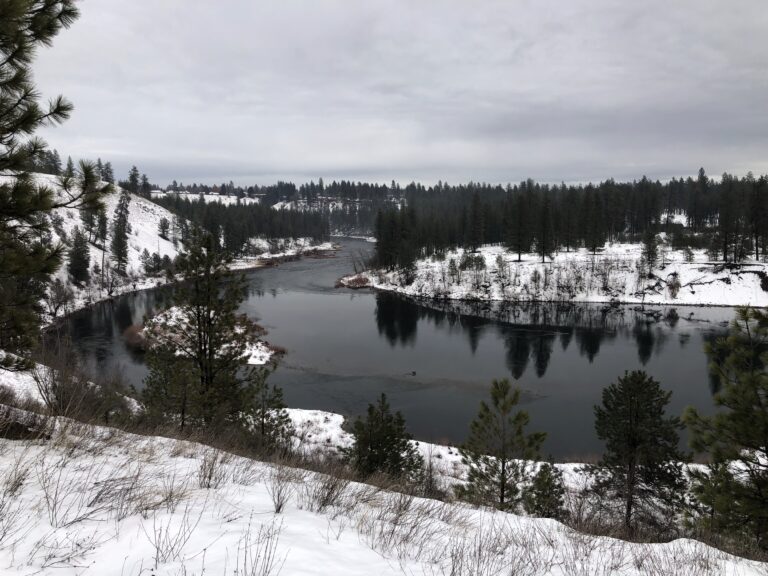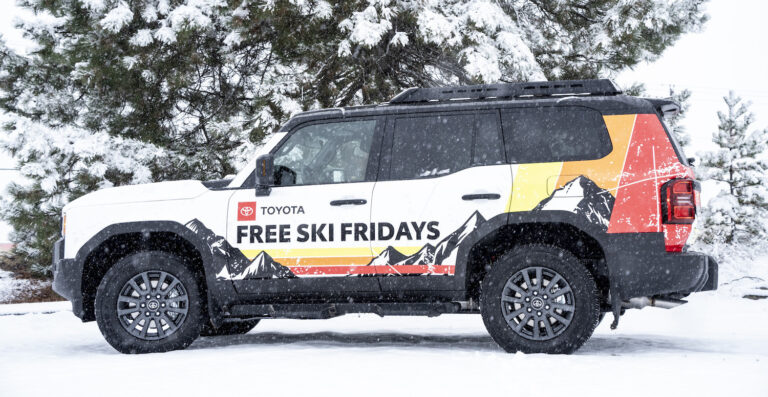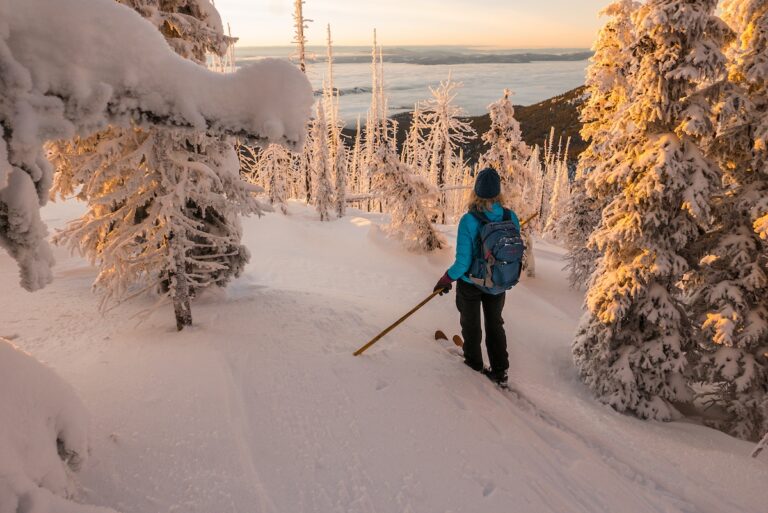Brad Naccarato spent 3 seasons in Colorado as a certified alpine skiing instructor and has a combined 10 years of ski retail experience here in the Inland Northwest.
Over the last two months, I covered tips for buying new alpine skis and bindings – now we’re going to take a look at the last and easily most critical component of the trio: boots. People often focus too much of their time, resources and budget on upgrading their skis, while the function and fit of their outdated boots is an afterthought. Boots are the most important piece of the puzzle by far, and without a properly fitted pair, your new ski investment will do little to improve your snow prowess.
Why should I go to a ski shop? It’s way cheaper at “Bubba’s Sport-All Barn.”
Getting a good pair of boots is more than just buying the right boot – it’s a process that involves getting fit for the right boot. Ski shops (places that primarily sell skis) have personnel who are highly trained in boot fitting, and they have the tools of the trade that allow them to manipulate the shell and liner to fit your Fred Flinstone looking foot. If you’re on a tight budget, look for bargains on other gear, but don’t go cheapskate on the boots. Your comfort, warmth, and most important, your ability to steer your skis onto an edge, are all worth the investment.
So why is that boot $300 more than that one? They all look the same.
It’s the little things that separate mid-range from high-end boots. These differences may look subtle on the surface, but they can have an enormous impact on the fit and function of the boot once you’re on snow. Finding the best overall fit should be your primary focus when trying on boots, but high-end features, while more costly, can usually help create a more custom fit and flex and should not be overlooked. Aluminum buckles are always more durable than plastic. Likewise, buckles that have micro-adjustment capabilities can be critical to achieving the perfect fit. Higher-end boots will also have more sophisticated boot liners that typically incorporate some type of heat molding properties.
I’m sorry I don’t speak Mondopoint! Can I just get a size ten?
Modern boot sizing can seem cryptic to the average consumer, especially when it comes to trying to convert Mondopoint sizes to U.S. shoe sizing. A Mondopoint 28 is roughly the equivalent to a size ten, but if you wear a size ten shoe, you should be fitted for a boot that’s much smaller than a 28. Here’s where you need to trust your shop boot fitter. Ski boots are not intended to fit the way shoes do with copious amounts of toe room. In a properly fitted boot, your toes should be comfortably touching the end. Once the boots have been skied in, the boot liner will typically “pack-out” a half size making it even more critical that you don’t over-size when being fitted.
This footbed thing sound like a huge upsell. Do I really need them?
Modern boots utilize a flat, flimsy and pretty much worthless insert that does nothing to contribute to the fit and function of your boots. Why? Apparently a truly supportive footbed is a not something that’s easily made into a one-size-fits-most mold. Therefore, the gracious boot manufacturers have left it up to you to make this additional investment in order to maximize your boots’ potential. Having proper under-foot support is a huge game changer if you have never experienced it. Your steering will improve, as will your comfort with your foot and ankle better aligned in the shell. Heat molded footbeds are the best – but if you’re on a tight budget, any of the lower priced inserts from Superfeet or Sole will be a worthwhile upgrade.//













